No Data Found
Syzygium grande
Sea Apple, Jambu Laut, Kilat Jambu, Jambu Air Laut, Jambu Ayer Laut, Jambu Jembah, Jembah, Kerian Acheh, Kerian Ayer, Keriang Batu, Ubah
![]() Low Sensitivity
Low Sensitivity
| Species Name | Syzygium grande |
|---|---|
| Common Name | Sea Apple, Jambu Laut, Kilat Jambu, Jambu Air Laut, Jambu Ayer Laut, Jambu Jembah, Jembah, Kerian Acheh, Kerian Ayer, Keriang Batu, Ubah |
| Family | Myrtaceae |
| Genus | Syzygium |
| Taxonomic Synonyms/Past Names | |
| Taxonomic Notes |
Agree with the details?
Login to Vote Now
Species Information
- Tree growing up to 45 m tall, 75 cm in diameter. Crown oblong to irregular. Flowers 2.5-3.8 cm across, white, fragrant, bisexual, and in 4-14 cm long flower clusters located at the axils of leaves or ends of branches. Fruits 1.5-4 cm long by 1.3-3 cm wide, fleshy, round, elliptic or oblong-elliptic, green when ripe, and each with 1 rounded or flattened seed up to 2.5 cm across.
- India, Sri Lanka, Myanmar, Indochina, Thailand, Malaysia, Singapore, Brunei, and Indonesia
- Deep, humid soils near the coast. An upper canopy tree in undisturbed mixed dipterocarp, keranga and swamp forests. Often on alluvial sites near or along rivers and streams, but also on hillsides and ridges.
- Up to 900 m
No Data Found
No Data Found
No Data Found
No Data Found
No Data Found
No Data Found
No Data Found
No Data Found
No Data Found
No Data Found
No Data Found
No Data Found
No Data Found
No Data Found
No Data Found
No Data Found
No Data Found
No Data Found
No Data Found
No Data Found
No Data Found
No Data Found
No Data Found
No Data Found
No Data Found
No Data Found
No Data Found
No Data Found
No Data Found
No Data Found
No Data Found
No Data Found
No Data Found
No Data Found
No Data Found
No Data Found
No Data Found
No Data Found
No Data Found
No Data Found
No Data Found
No Data Found
No Data Found
- pH 6.2-7.0 [1]
No Data Found
No Data Found
No Data Found
No Data Found
- It has a wide area of survival. Occurs in coastal areas. Grows in moist, well-drained soils. [1]
No Data Found
No Data Found
No Data Found
No Data Found
- Tolerates salt spray. [1]
No Data Found
No Data Found
No Data Found
No Data Found
- It can acclimate to temperatures as high as 45 ºC. [1]
No Data Found
No Data Found
No Data Found
No Data Found
- Prefers well-drained soil but can tolerate one to potentially six months of inundation. [1]
- Specimens in urban areas, such as parks were tolerant of water absence.
No Data Found
No Data Found
No Data Found
No Data Found
- No known records of damage from windthrow. Should be able to tolerate storm conditions because it is a coastal species.
No Data Found
No Data Found
No Data Found
No Data Found
No Data Found
No Data Found
No Data Found
No Data Found
- It can survive in moderate to high relative humidity. [1]
No Data Found
No Data Found
No Data Found
No Data Found
No Data Found
-
Insufficient Data
No Data Found
No Data Found
No Data Found
No Data Found
No Data Found
No Data Found
No Data Found
No Data Found
No Data Found
- Has edible parts and is used for timber [1]
Contributors: anonymous
Last Updated: 2023-03-15
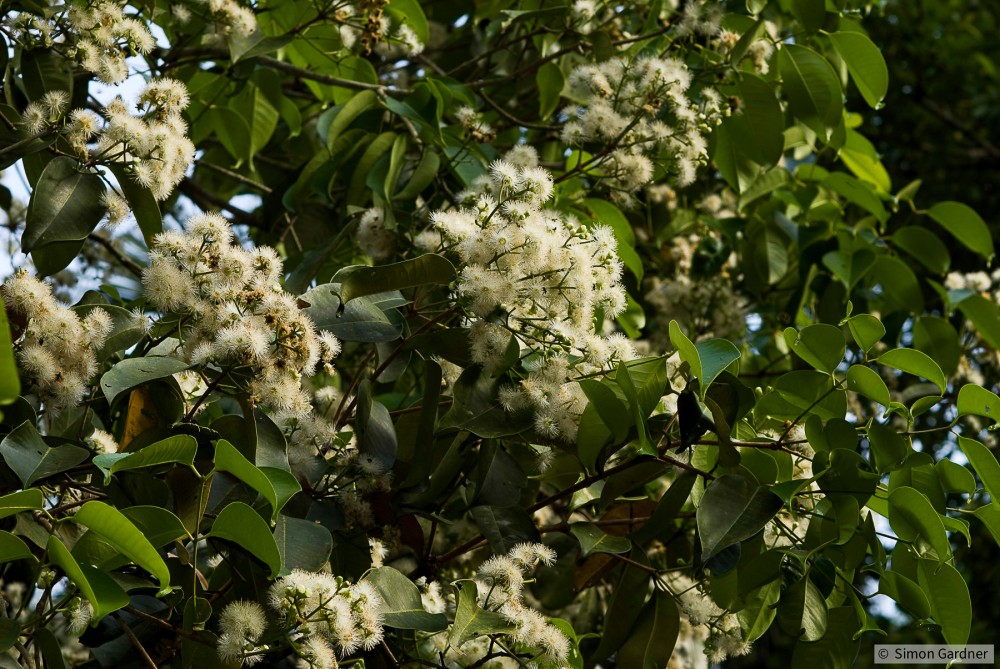
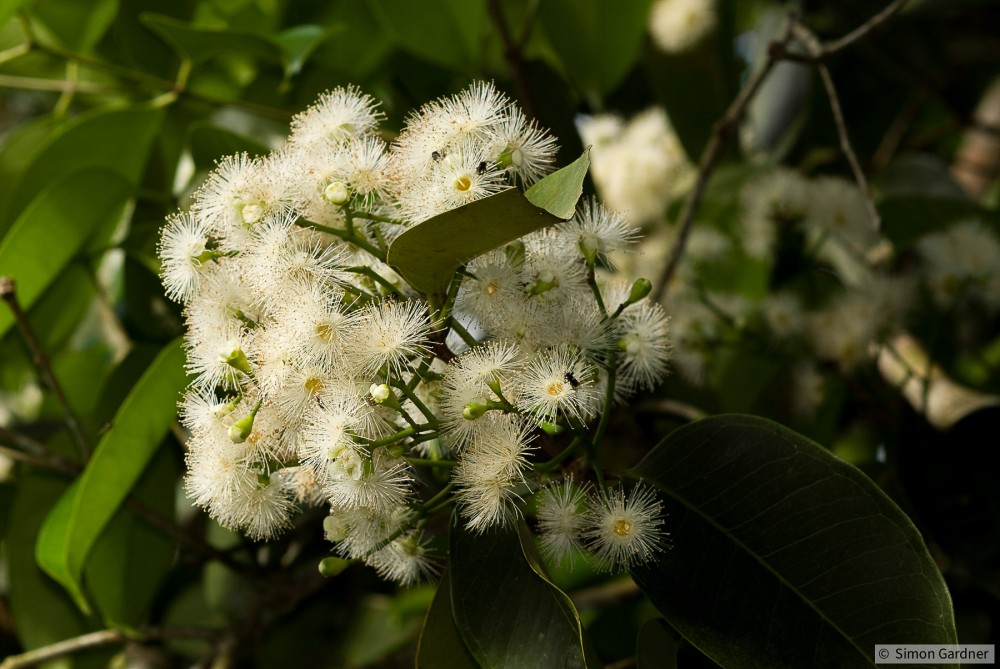
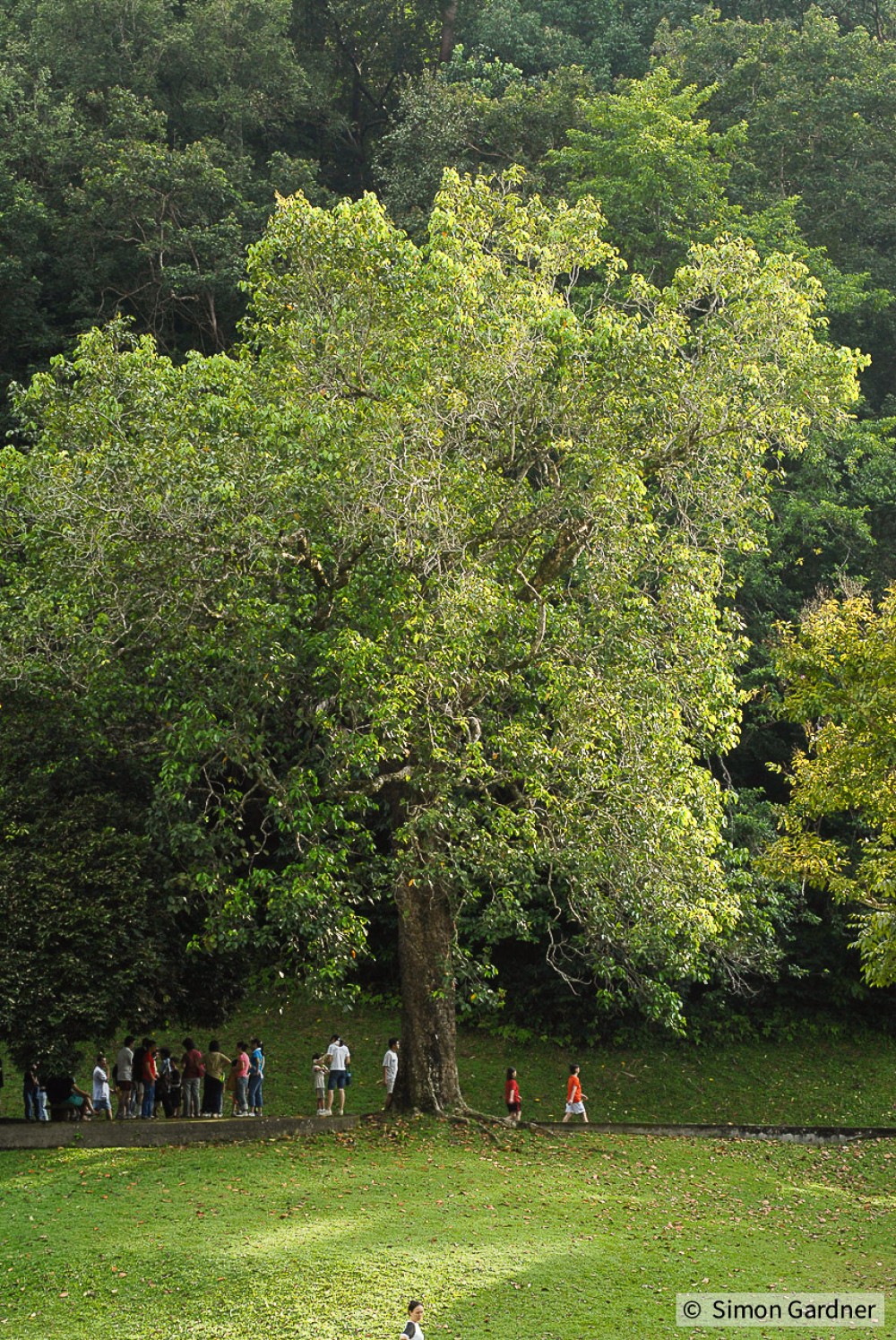

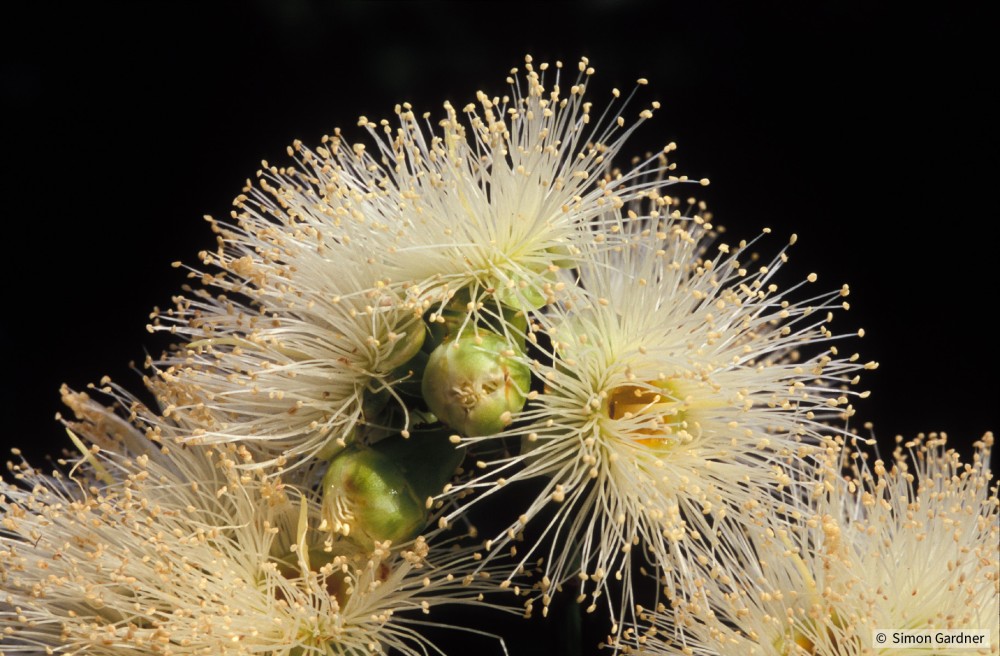
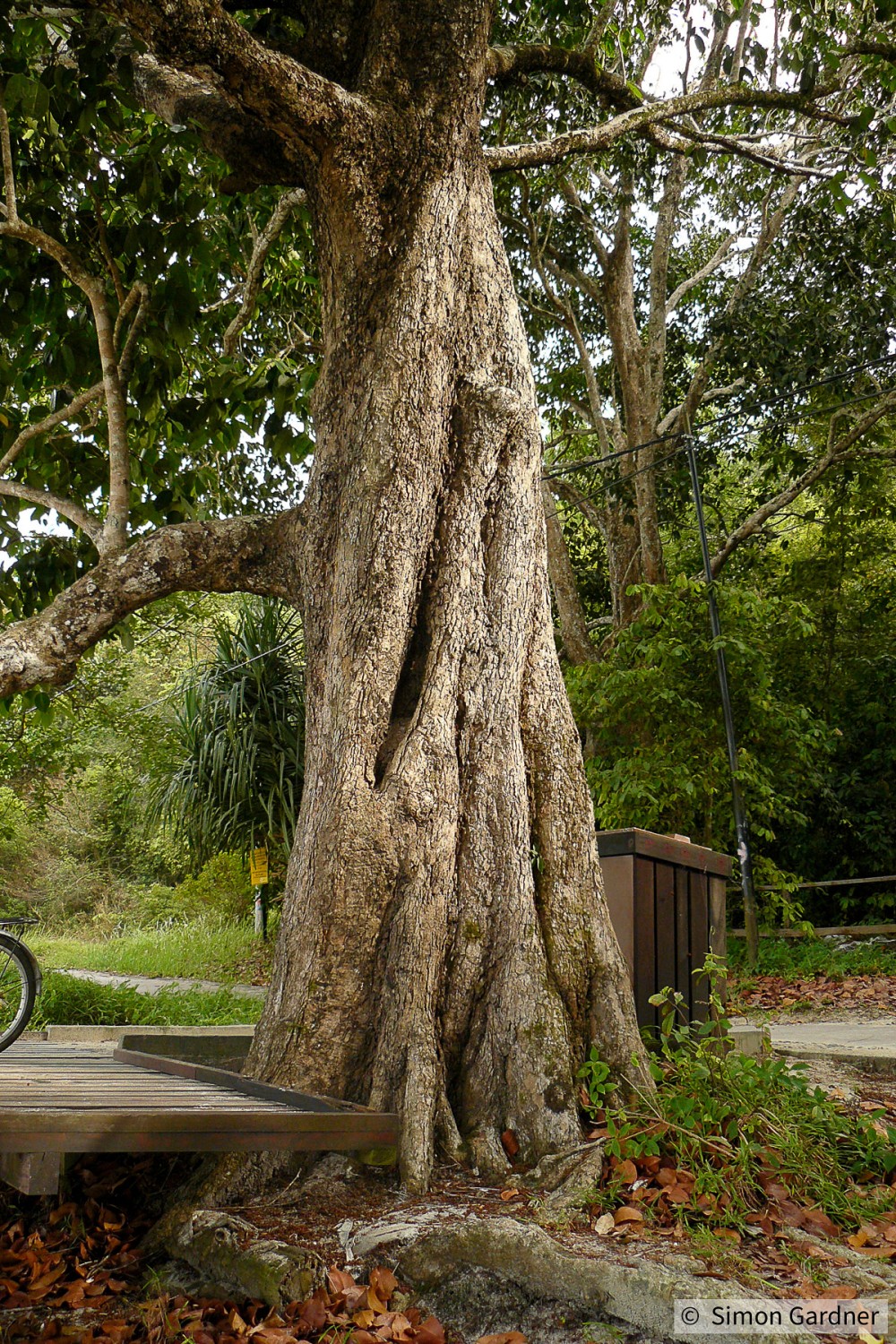
No comments